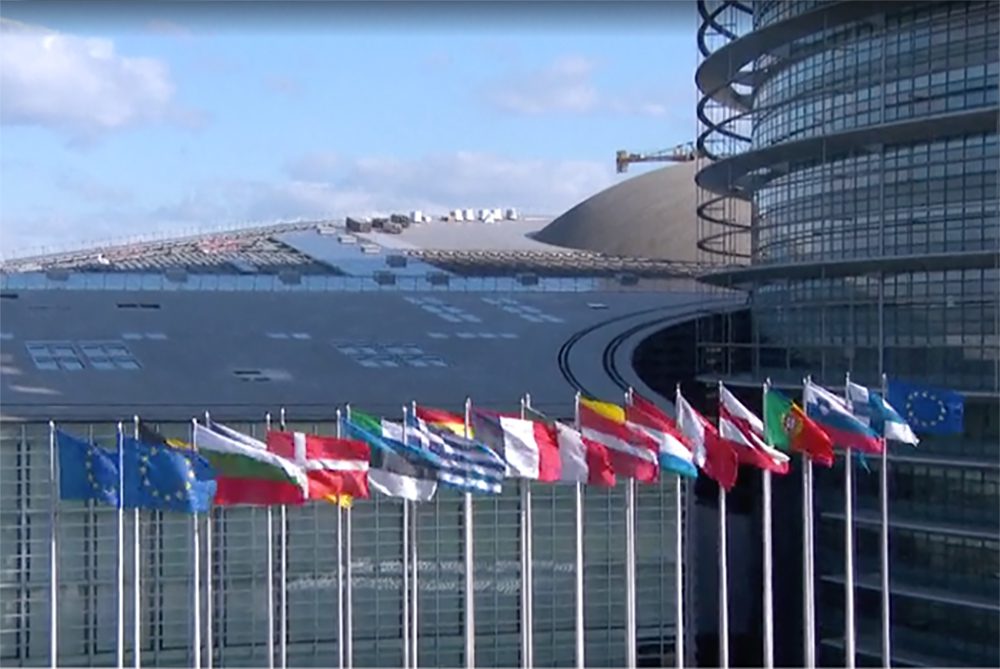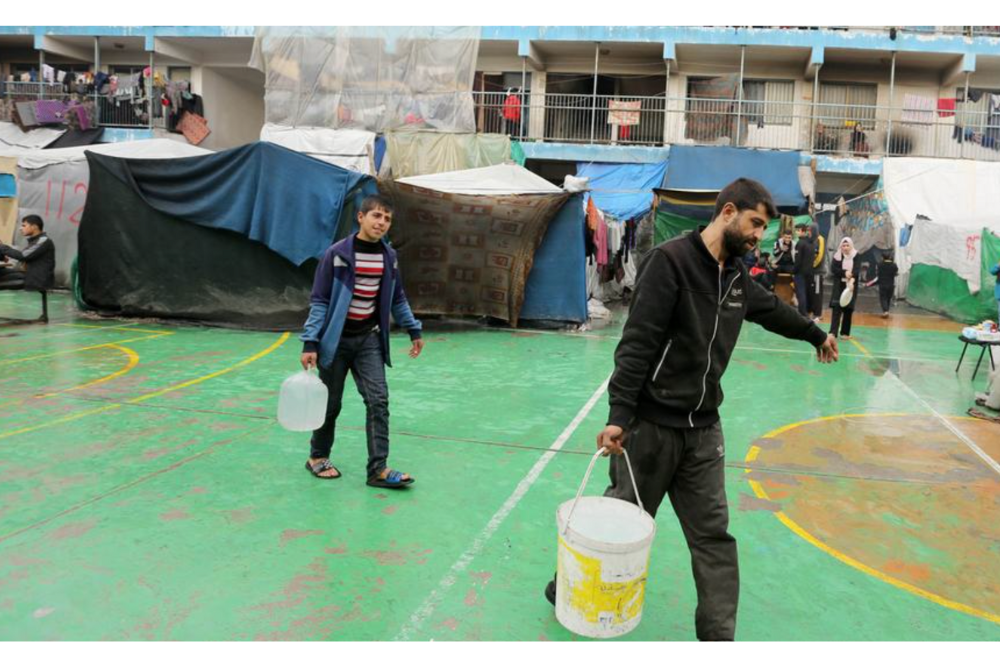As we approach the European Elections in June, Parliament’s press services will be publishing a weekly newsletter, highlighting the main election-related news of the week so that you don’t miss anything or need a reminder of what information is available and where to find it. The Newsletter will be published each Friday until 7 June.
Mark your calendars
- Brussels’ EU institutions open their doors to the public on Saturday 4 May.
- On 8 and 9 May, landmark buildings across the EU will be illuminated to mark Europe Day and “one month to go” to the last day of voting.
- The official Eurovision debate between the lead candidates for the job of European Commission President will take place in the Brussels plenary chamber on 23 May – click here for information on how journalists can watch or attend this debate – they have until 16 May to reserve a seat in the chamber or book audiovisual services and facilities.
- From 6 to 9 June European citizens elect Members of the European Parliament. The results will be available in real time on the European elections results website. Journalists can also follow the results live in Brussels where the plenary chamber will be converted into a pressroom. Find more information here – the deadline to submit requests for a place in the chamber on election night is 24 May.
Use Your Vote or others will decide for you
The European Parliament launched the second phase of its campaign this week and released a 4-minute “Use your Vote” film featuring senior citizens from different EU countries sharing their stories with the younger generation, highlighting that democracy should never be taken for granted.
Additional campaign material is available to download and use here.
Good to know
What does the European Parliament look like at the end of the 9th legislature (2019-2024)? Did you know that 60% of MEPs in the 9th legislature were new? How did the turnout evolve since 1979, when MEPs were directly elected for the first time? The EPRS recently updated their “Facts and figures” briefing which provides a broad range of key data about the Parliament – including a historical perspective.
Partnerships
The European Parliament works with civil society organisations to increase and widen its messaging to different audiences. We are in contact with more than 500 pan-European umbrella organisations and many others at national level who have promoted EU values and the importance of the European elections. Some of these organisations are signatories of the partnership agreement, making them communication partners for the European elections. On 6 May, President Metsola will meet with them to mark this achievement.
Tools for the Press
Need to use the European Parliament’s Audiovisual services during the European elections?
The Press Tool Kit contains information on this and much more.
In other news
Professional journalists whose work has been published or broadcast by media based in one of the 27 EU countries can submit their entries to the Daphne Caruana Galizia Prize for journalism. Every year, this prize rewards outstanding journalism which promotes or defends the EU’s core principles and values. Journalists can submit their articles here by 31 July 2024, 12PM (CET).
















